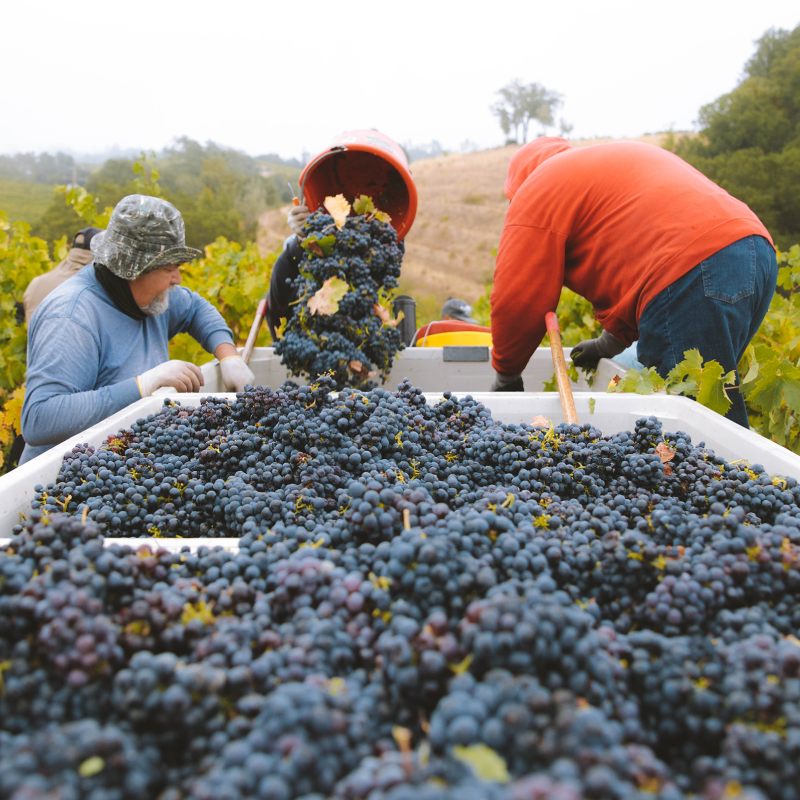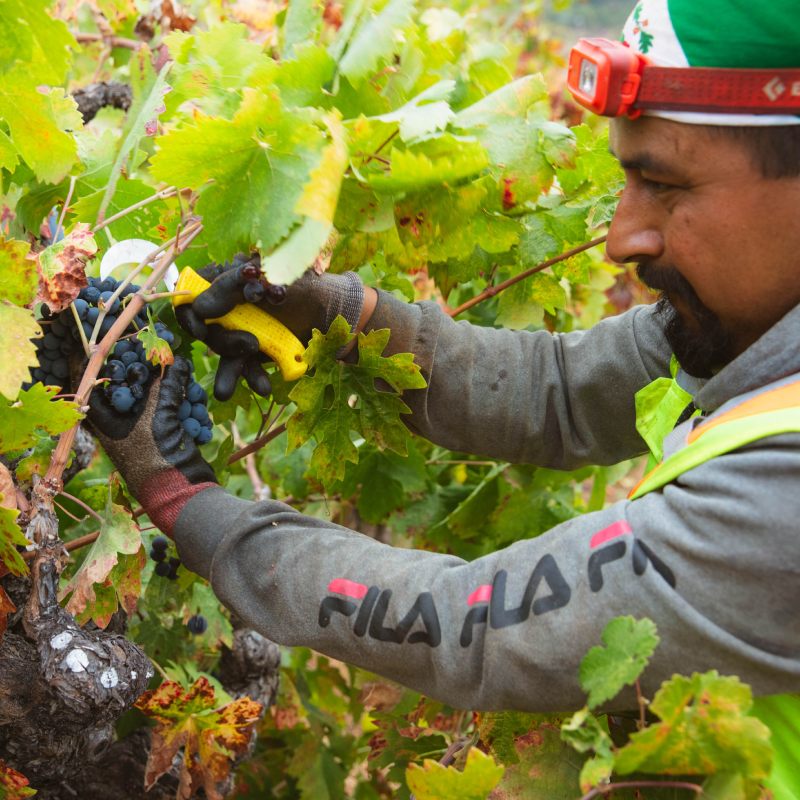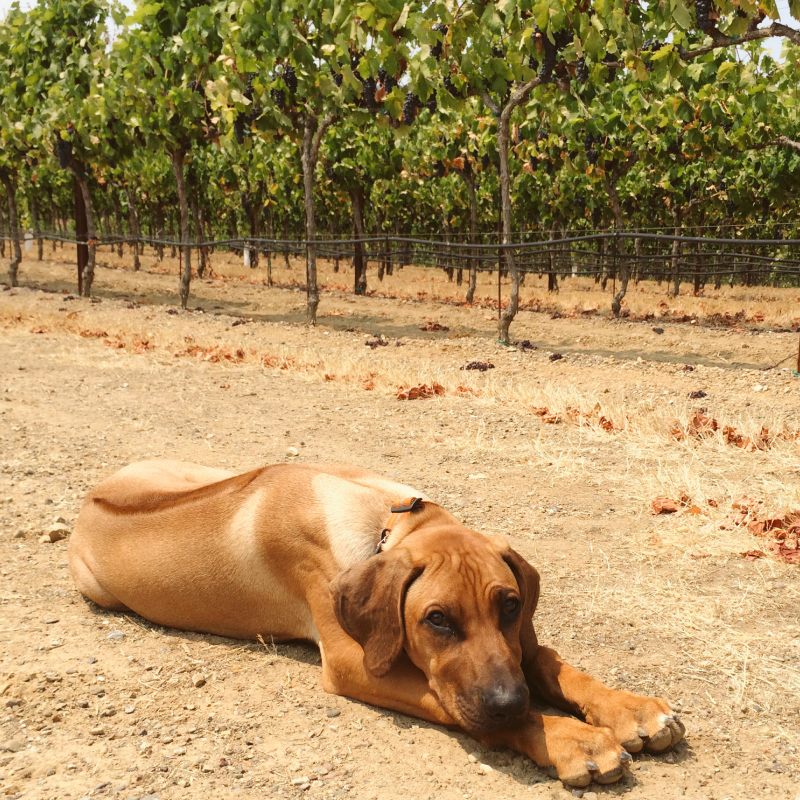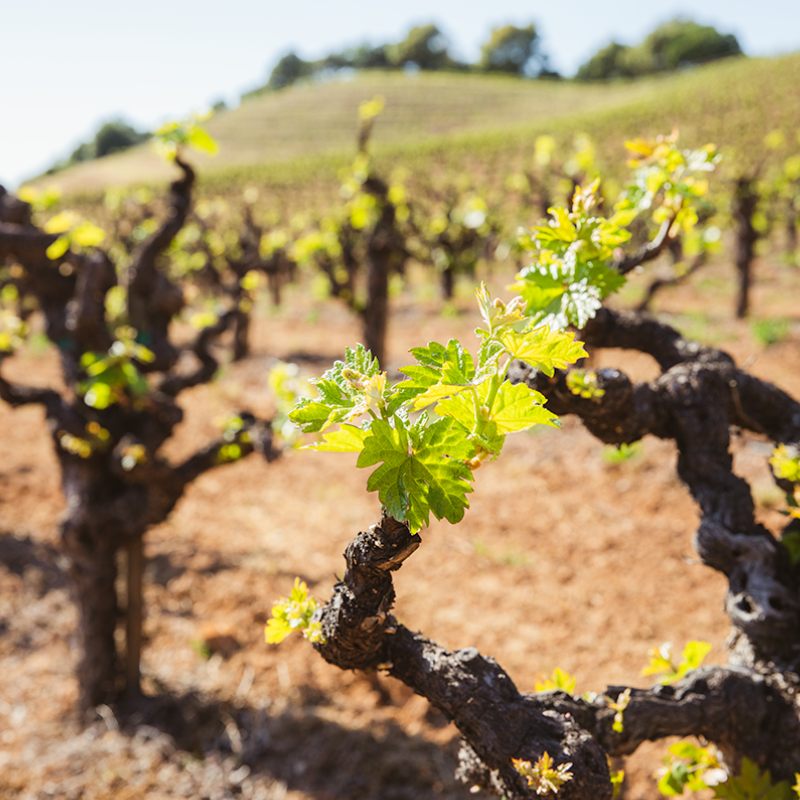Today, sauvignon blanc is the most recognized white grape in Dry Creek Valley. More than 25 wineries in the area produce wines from it, and it is widely recognized as a Dry Creek Valley signature. It is hard to believe that, less than 50 years ago, most American wine drinkers didn’t know about it.
The Beginning
Around 1970, David Stare was the first to plant sauvignon blanc in Dry Creek Valley. He first purchased a prune farm, then took out the prune trees to start the winery project that is now Dry Creek Vineyard. When Stare settled in Sonoma County, there wasn’t much enthusiasm for sauvignon blanc in the state of California. In neighboring Napa Valley, Robert Mondavi had begun marketing a dry-style sauvignon blanc by the name of Fume Blanc in 1968. Stare was quick to follow suit, adopting this name for his first Dry Creek Vineyard release, in 1972.
Stare’s interest caught the attention of others arriving in Dry Creek Valley. While taking classes at UC Davis, he became friends with fellow student, Lou Preston. Their vineyard instructor, James Cook, stressed how important it is to match the grape variety to the land and climate on which it grows. Though many harbored doubts about sauvignon blanc’s potential for success, Stare prevailed. He convinced Preston to plant sauvignon blanc in his vineyard. Stare and Preston’s success growing the grape gradually led to national attention and their wines garnered awards.

David Stare and his daughter, Kim Stare Wallace, President of Dry Creek Vineyard at WDCV’s 40th AVA Anniversary celebration.
About The Grape
Sauvignon blanc originated in Bordeaux and the Loire Valley in France. It is known for making crisp, acid-driven varietal wine with minerality and robust citrus flavors, though it is also famously blended with other grapes for a fuller-bodied dry wine and for complex botrytis-affected dessert wines.
Grower Notes
While many grapes benefit from being stressed, with minimal nutrients or water, many feel that sauvignon blanc’s character thrives when it is on a more fertile soil, like Dry Creek Valley’s Yolo loam. Eons of flooding to the Valley floor resulted in deep, well-draining, mineral-rich sedimentary soils that impart distinctive flavors to our sauvignon blanc grapes. Sauvignon blanc thrives in Dry Creek Valley thanks to its notable diurnal temperature variation–it loves a lot of sun, but develops the most complexity when night temperatures drop significantly. In the cooler pockets of Dry Creek Valley, the grape will show more balance, and less muscular herbal tones. The cooling influence from the appellation’s proximity to the Pacific Ocean and the nearby Russian River Valley help ensure even ripening conditions year to year.

Sauvignon Blanc + Food
Classic food pairings for dry sauvignon blanc include soft goat cheeses, grilled fish, shellfish, poultry, olive oil or cream-based pasta dishes, and spring vegetables like asparagus and artichoke. Late Harvest sauvignon blanc is a perfect compliment to tangy bleu cheese, foie gras, summer fruit salad, and lemon cream desserts.







